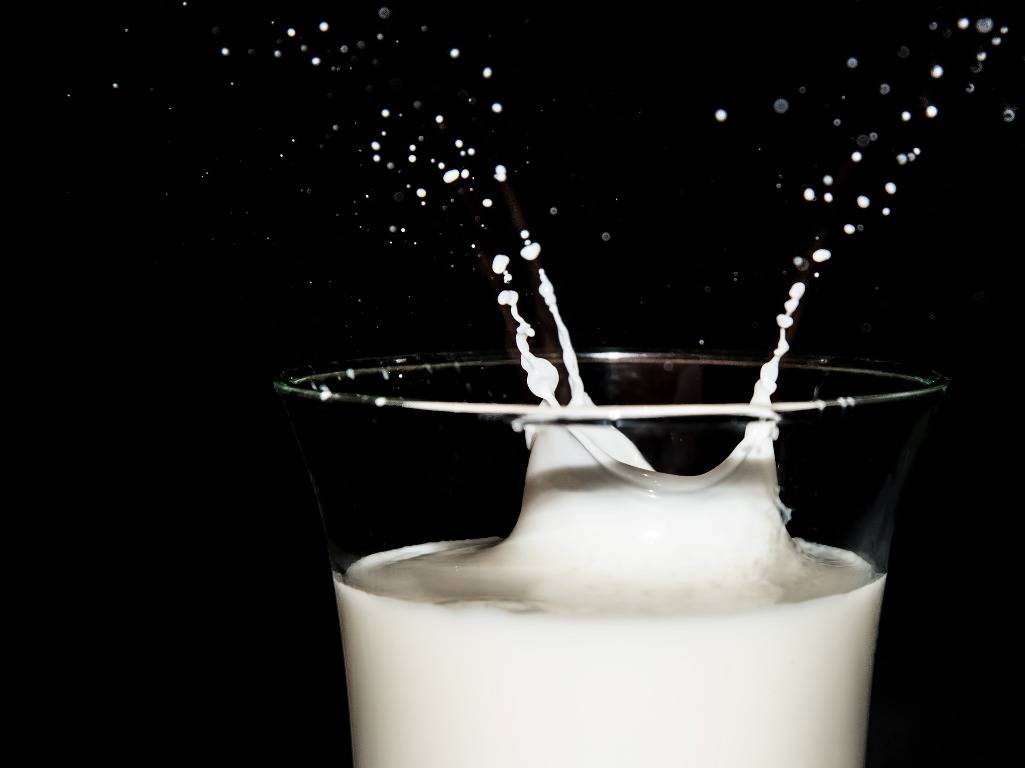
Milk is the wholesome, fresh, clear lacteal secretion obtained by the complete milking of one or more apparently healthy animals, excluding that obtained within 15 days before or 5 days after calving or such periods as may be necessary to render the milk colostrum free, and containing the minimum prescribed percentage of milk fat and milk solids-non-fat. It is an extremely complex, nutritious product that contains more than 100 substances that are either in solution, suspension or emulsion in water. De et al (1980)
Milk hygiene - includes all the necessary measures to guarantee milk which is clean, safe, sound and wholesome. (WHO/FAO).

Milk is a highly perishable product that should be cooled to about 4 ºC as soon as possible after collection. Extremes of temperature, acidity (pH) or contamination by microorganisms can rapidly decrease its quality.
The average composition of milk from different species is presented in Table 1. The main constituents are as following:
-
Water – principal constituent
-
protein in colloidal suspension (casein, lacto albumin and lacto globulin)
-
lactose and fats in emulsion,
-
inorganic salts in solution (good source of Calcium and Phosphorus, Poor – Iron)
-
Vitamins, enzymes, gases and other substances
(Source: cited by Tripathi (2014)
Table 1: Composition of milk from different species (amount per 100 g)
|
Species |
Water |
Proteins |
Fat |
Lactose |
Ash |
|
Cow |
87.7 |
3.4 |
4.6 |
4.9 |
0.7 |
|
Goat |
86.5 |
3.5 |
4.5 |
4.7 |
0.8 |
|
Sheep |
79.4 |
6.7 |
8.6 |
4.3 |
1.0 |
|
Buffalo |
84.2 |
3.9 |
6.6 |
5.2 |
0.8 |
(Closa, 2004)
Some researchers have found the effect of Nutrition on Production, Composition, Fatty acids and Nutraceutical Properties of Milk.
Table 2
|
Animal |
Production level (kg/d) |
Milk constituent |
Reference |
||
|
Cow |
|
Fat (g/kg) |
Protein (g/kg)
|
Lactose (g/kg) |
|
|
High (>28) |
32.4-34
|
32.4-34
|
49.4-49.9
|
Pan et al. (2014)
|
|
|
40.2
|
29.5-30.5
|
44.8-45.3
|
Van Zijderveld et al. (2011)
|
||
|
Medium (16-28)
|
45.3-46.7
|
36-37.6
|
47.5-48
|
Kass et al. (2012)
|
|
|
19.3 |
39.3 |
32.6 |
Staerf et al. (2012) |
||
|
Low (<16)
|
41.7 |
33.3 |
48.2 |
Staerf et al. (2012) |
|
|
|
37.3-37.8 |
33.2-34.6 |
51.6-53.2 |
Santra et al. (2013) |
|
Source: cited by Tripathi (2014)
Casein
Casein, the major protein of milk, is dispersed as a great number of solid particles so tiny that they do not settle, but remain in suspension. These particles are called micelles, and the dispersion of the micelles in the milk is referred to as a colloidal suspension
The fat and fat soluble vitamins in the milk are in the form of an emulsion; that is, a suspension of small liquid globules that do not mix with the water in milk. Lactose (milk sugar), several proteins (E.g. whey protein), mineral salts and other substances are soluble; that is, they are entirely dissolved in the water in milk.
The casein micelles and the fat globules give milk most of its physical characteristics, and give taste and flavor to dairy products such as butter, cheese, yogurt, etc. The composition of milk varies considerably with the breed of cow, stage of lactation, feed, season of the year, and many other factors. However, some relationships between constituents are very stable and can be used to indicate whether any tampering with the milk composition has occurred. For example, a milk of normal composition has a specific gravity that varies normally from 1.023 to 1.040 (at 20ºC) and a freezing point that varies from -0.518 to -0.534 ºC. Any alteration, by addition of water for example, can be easily identified because these characteristics of milk will no longer be in the normal range.
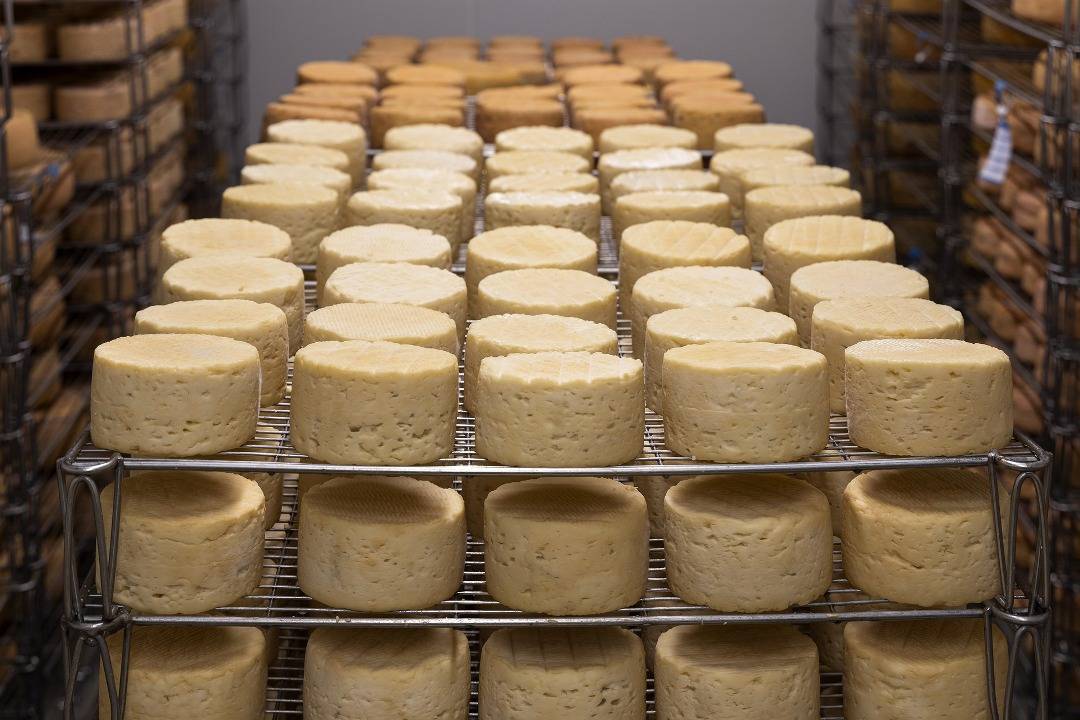
Milk as food for humans
Water
The nutritional value of milk as a whole is greater than the value of its individual nutrients because of its unique nutritional balance. The amount of water in milk reflects that balance. In all animals, water is the nutrient required in the greatest amount and milk does supply a great amount of water as it contains approximately 90%.
The amount of water in milk is regulated by the amount of lactose synthesized by the secretory cells of the mammary gland. The water that goes into the milk is delivered to the mammary gland by the blood. Milk production is very rapidly affected by a shortage of water and drops the same day drinking water is limited or unavailable. Thus, this is one reason why the cow should have free access to a plentiful supply of drinking water at all times.
Carbohydrates
The principal carbohydrate in milk is lactose although it is a sugar and is not noticeably sweet to taste. The concentration of lactose in the milk is relatively constant and averages about 5% (4.8-5.2%). On the contrary to the concentration of fat in milk, lactose concentration is similar in all dairy breeds and cannot be altered easily by feeding practices.
The molecules from which lactose is made are found in much lower concentrations in milk: glucose (14 mg / 100g) and galactose (12 mg / 100g).
In a significant portion of the human population, the deficiency of the enzyme lactase in the digestive tract results in the inability to digest lactose termed as lactose intolerant. Most individuals with low lactase activity develop symptoms of intolerance to large doses of lactose, but the majority can consume moderate amount of milk without discomfort.
At the same time, not all dairy products contain similar proportions of lactose. The fermentation of lactose during processing lowers its concentration in many dairy products, especially in yogurts and cheeses. In addition to this, milk has been pre-treated with lactase to minimize the problems associated with lactose intolerance.
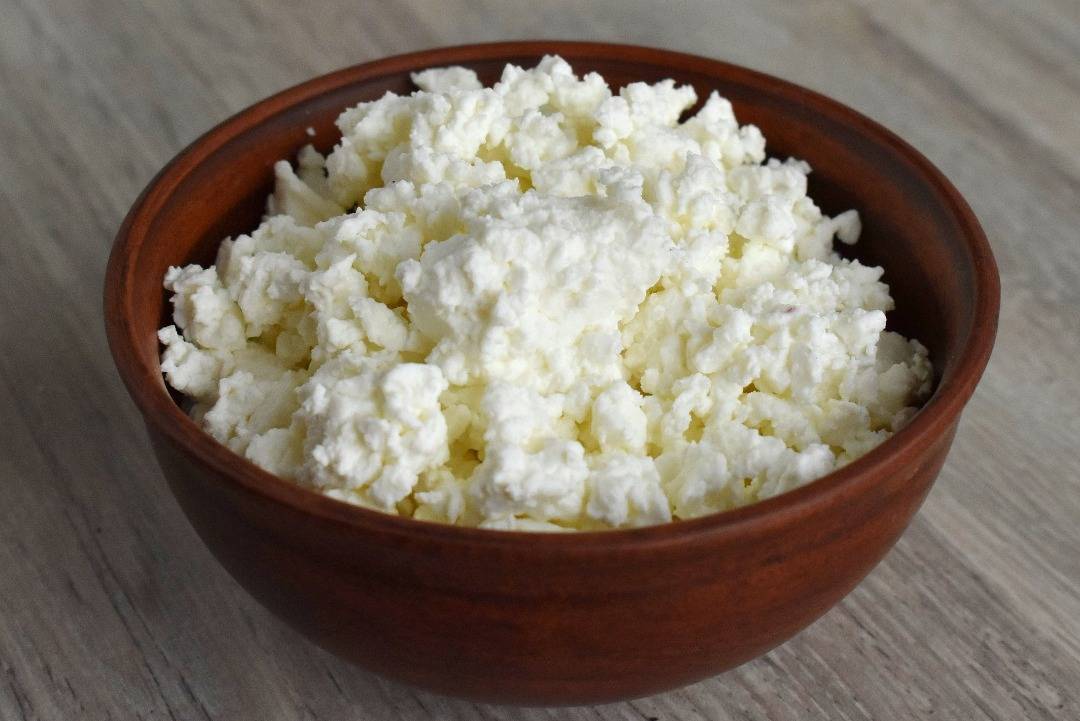
Proteins
Most of the nitrogen in the milk is found in the form of protein. The building blocks of all proteins are the amino acids. There are 20 amino acids that are commonly found in proteins. The order of the amino acids in a protein, which is determined by the genetic code, gives the protein a unique conformation. In turn, the partial conformation of the protein gives it a specific function.
The concentration of protein in milk varies from 3.0 to 4.0% (30-40 grams per liter). The percentage varies with the breed of the cow, various environmental factors like feed and in proportion to the amount of fat in the milk. There is a close relationship between the amount of fat and the amount of protein in milk-the higher the fat, higher the protein.
Furthermore, milk contains two specific proteins;
-
Casein: accounts for approximately 80% of the protein in milk.
-
Whey: around 20% of milk’s protein is in the form of whey.
Notably, research shows that casein and (especially) whey are extremely efficient and bio-available protein sources. (Jenkins and McGuire, 2006).
These traits of casein and whey translate to milk being one of the very best foods for dietary protein.
Historically, this classification followed the process of cheese making, which consists of separating the casein curd from the whey after the milk has clotted under the action of rennin or rennet (a digestive enzyme collected from the stomach of calves).
The behavior of the different types of caseins (α, βand γ) in milk when treated with heat, different pH (acidity) and different salt concentrations provide the characteristics of cheeses, fermented milk products and different forms of milk (condensed , dried, etc.). Occasionally, infants or young children are allergic to milk because their bodies develop a reaction to the proteins in the milk. The allergy causes rash, asthma, and / or gastrointestinal disorders (colic, diarrhea, etc.). In cases of allergies, goat milk is often used as a substitute; however, hydrolyzed casein milks must also be used.
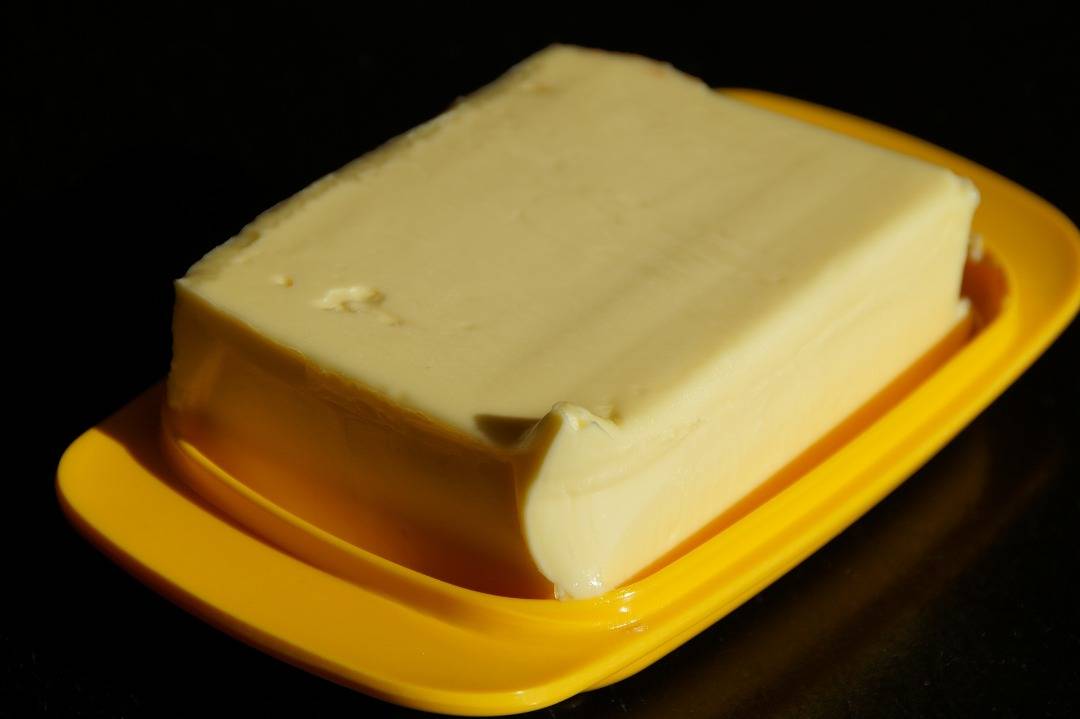
Fat
Normally, fat (or lipid) makes up from 3.5 to 6.0% of milk, varying between breeds of cattle and with feeding practices. A ration excess in concentrates that do not elicit rumination in the cow may result in milk with a depressed percentage of fat (2.0 to 2.5%).
Fat is present in milk in small globules suspended in water. Each globule is surrounded by a layer of phospholipids, which prevents the globules from clumping together by repelling other fat globules and attracting water. As long as this structure is intact, the milk fat remains as an emulsion.
The majority of milk fat is in the form of triglycerides formed by the linking of glycerol and fatty acids. The proportions of fatty acids of different lengths determine the melting point of fat and thus affect the consistency of the butter which we derived from it. Milk fat contains predominantly short-chain fatty acids (chains of less than eight carbon atoms) built from acetic acid units derived from fermentation in the rumen. This is a unique feature of milk fat compared with other kinds of animal and plant fats. The long chain fatty acids in milk are primarily the unsaturated (hydrogen deficient) acids, with the predominant one being oleic (18-carbon chain), and polyunsaturated linoleic and linolenic acids.
Minerals and vitamins
Milk is an excellent source of most minerals required for the growth of the young. The digestibility of calcium and phosphorus are usually high and they are found in association with the casein of the milk. As a result, milk is the best source of calcium for skeletal growth in the young and maintenance of bone integrity in adults.
Another mineral of interest in the milk is iron. The low iron concentration in milk cannot meet the needs of the young, but these low levels in turn have a positive aspect because it limits bacterial growth in milk as iron is essential for the growth of many bacteria.
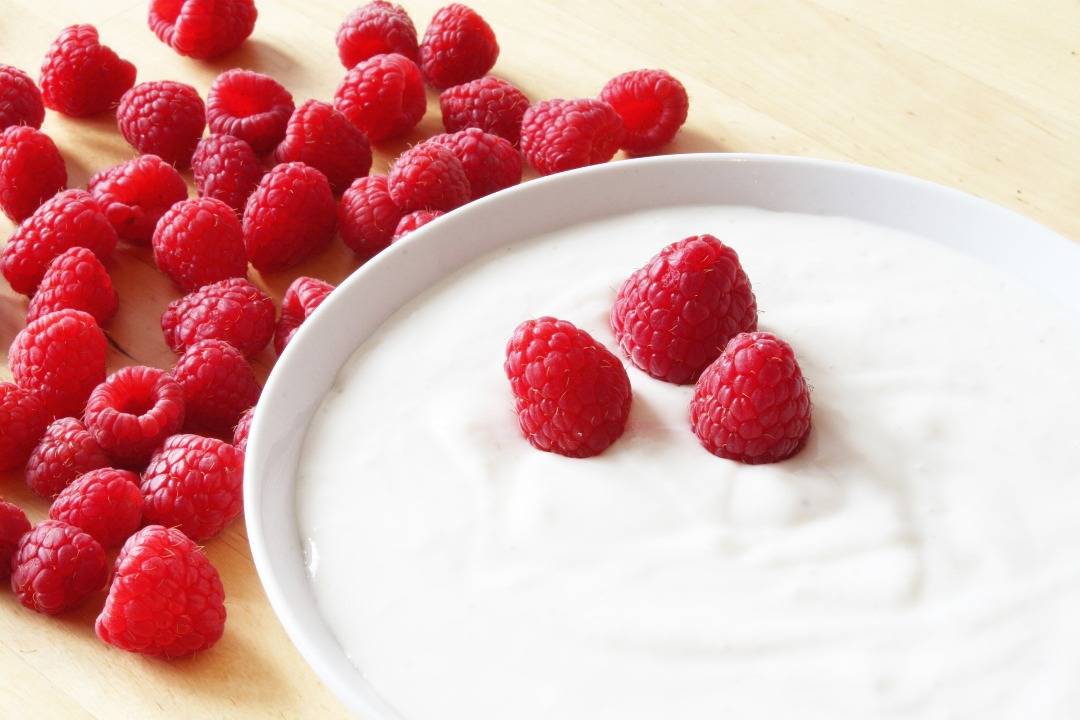
Common milk products and their Health benefits
For over many centuries, Milk has been an invaluable dietary source of nutrition to humans in the production of both fresh and storable nutritious foods. In some part of the world, more than a quarter of the milk produced is consumed as fresh pasteurized whole, low-fat, or skim milk. However, most milk is manufactured into more standardized dairy products of global economic importance, such as butter, cheese, dried milks, ice cream, and condensed milk. Milk or dairy products are the kind of foods that are obtained primarily from or contain milk of mammals such as cattle, goat, sheep, buffalo etc. Milk can be used in different forms such as yoghurt, cheese, butter and ice cream.
Cheese
Cheese means the product obtained by draining after the coagulation of milk with a harmless milk coagulating agent, under the influence of harmless bacterial cultures. It shall contain any ingredients not found in milk except coagulating agent, sodium chloride, calcium chloride not exceeding 0.02 % by weight, annatto or carotene colour; emulsifier 0.02%, wax used for covering should not have any harmful substance and contains almost the same nutrients present in milk such as protein, fat and minerals.
Cheese is a very good protein provider. This protein is an animal protein so of High Biological Value.100grams of cheese provide you with nearly all your daily need of calcium - needed for bones and teeth but cheese also provide Vitamin A and iron. Moreover 100grams of cheese can also provide you with nearly half of the amount of fat you should eat every day. Nearly a third of the amount of salt you should have every day.
So, it is the best source of energy for underweight people to gain healthy weight.
Butter
Butter is a pale yellow substance having solid texture at room temperature. It also contains all the nutrients that are present in milk but the fat percentage is high. It is a rich source of energy due to high-fat content and also prevents from night blindness because it contains vitamin A. The Vitamin A is considered as a great source of short-chain fatty acid (CLA) which reduces the inflammation and risk of cancer. (Lock and Garnsworthy, 2003)
Yoghurt
Yoghurt is another fermented form of milk; it contains probiotics that act as an immunomodulator. It has many beneficial properties among which is the reduction of serum cholesterol, relieves lactose intolerant symptoms as well as strengthening defence mechanism of the body and helps to prevent the inflammation caused by a condition such as inflammatory bowel disease. Yoghurt has also been used for hepatitis and HIV patients.
Some advantages claimed for the consumption of Yoghurt are:-
-
Bacterial flora of the intestines is beneficially altered.
-
Constipation, auto-intoxification and colitis are relieved.
-
Easier to digest then milk
-
Contributes to colon health
-
Increases the absorption of other nutrients such as calcium.
-
Aids in healing process after infections in the intestine.
-
Boosts immunity
-
Decreases yeast infections
-
A rich source of calcium
-
Good source of protein
-
Lowers cholesterol
(Weerathilake et al (2014)

Clarified butter (ghee)
Apart from these common milk products, a clarified butter (Ghee) containing plentiful amount of soluble vitamins A, D, E and K is also produced. These nutrients play an essential role to a wide range of body function right from brain to the immune system. It is known to be digested 96%, the very best as compared to all different vegetable or animal supply fats and is nutritionally more reliable than other oils/fats due to the fact that it contains medium chain fatty acids which are absorbed directly by the liver and burned to supply energy. In addition to these, ghee aids in the body’s absorption of fat soluble vitamins and minerals from other foods. Moreover it is fairly shelf stable due to low moisture and natural antioxidants contents.
Milk is an integral part of a large population of India and around the world. Ayurveda scriptures have glorified milk as a unique food which alone has all the nutrients required to nourish your whole body. Although milk known for its innumerable health benefits it also plays an important role in achieving food security, generating employment opportunity for women.
Apart from dairy industry being an important sector globally, milk is equally important for providing nutrition support, reducing rural poverty and inequity, ensuring food security for millions of rural households, and enhancing economic growth for developing countries like India.
About Authors:
Dr. Mehak Jandyal and Dr. Goswami Mayank:
Department of Livestock Products Technology, College of Veterinary Science, Guru Angad Dev Veterinary Animal Sciences University, Ludhiana, Punjab, INDIA
References
Closa, S.J. (2004). Mineral nutrient content in cow milk and dairy products (pp. 124-137). Argentina.
De, S. (1980). Outlines of dairy technology. Outlines of dairy technology.
Kass, M., Ariko, T., Kaat, T., Rihma, E., & Ots, M. (2012). Effect of replacement of barley meal with crude glycerol on lactation performance of primiparous dairy cows fed a grass silage based diet. Livest Sci, 150, 240-247.
Lock, A.L. & Garnsworthy, P.C. (2003). Seasonal variation in milk conjugated linoleic acid and desaturase activity in dairy cows. Livest Prod Sci, 79, 47-59
Pan, I., Bu, D.G., Wang, J.Q., Cheng, J.B., & Sun, X.Y. (2014). Effect of radix bupleuri extract supplementation on lactation performance and rumen fermentation in heat stressed lactating Holstein cows. Anim Feed Sci Tech, 187, 1-8.
Santra, A., Konar, S., Banerjee, A., & Das, S.K. (2013). Effect of betel (Piper betle) leaves Supplementation on nutrient utilization, milk yield and its quality in lactating crossbred cows. Anim Nutr Feed Technol, 13, 281-290.
Staerf, S.M., Amelchanka, S.L., Kalber, T., Soliva, C.R., & Kreuzer, M. (2012). Effect of feeding dried high-sugar ryegrass (‘AberMagic’) on methane and urinary nitrogen emission of primiparous cows. Livest Sci, 150, 293-301
Tripathi,M.K.(2014). Effect of Nutrition on Production, Composition, Fatty acids and Nutraceutical Properties of Milk. J Adv Dairy Res,2, 115. doi:10.4172/2329 888X.1000115
Van Zijderveld, S.M., Gerrits, W.J., Dijkstra, J., Newbold, J.R., & Hulshof, R.B. (2011). Persistency of methane mitigation by dietary nitrate supplementation in dairy cows. J Dairy Sci, 94, 4028-4038.
Weerathilake, W. A. D. V., Rasika, D. M. D., Ruwanmali, J. K. U., & Munasinghe, M. A. D. D. (2014). The evolution, processing, varieties and health benefits of yogurt. International Journal of Scientific and Research Publications, 4(4), 1-10.














Share your comments